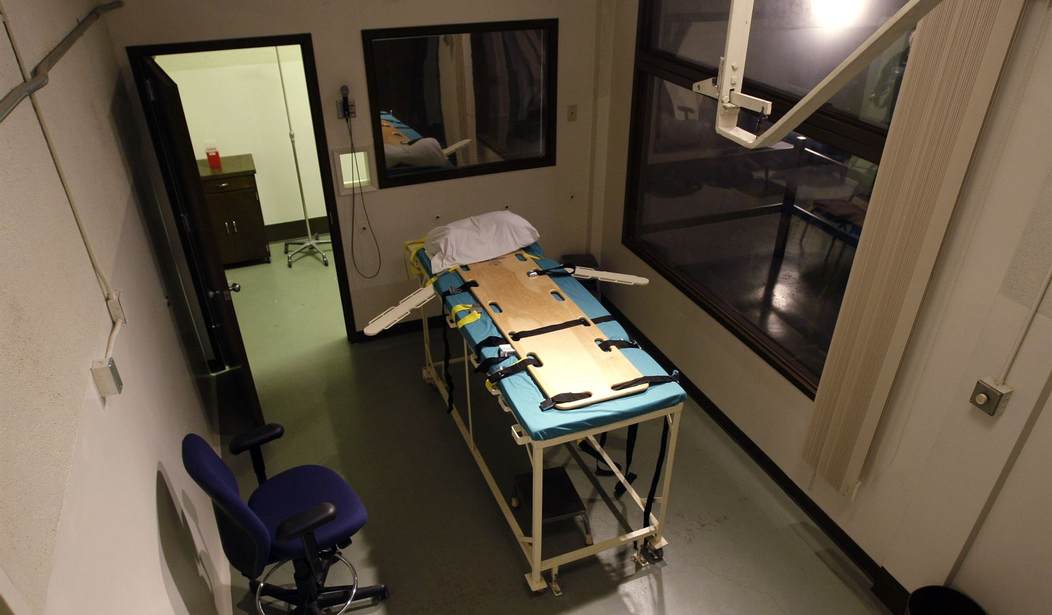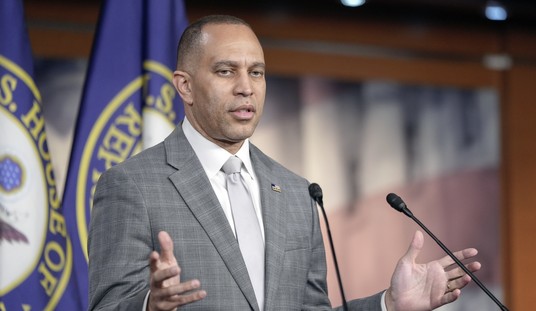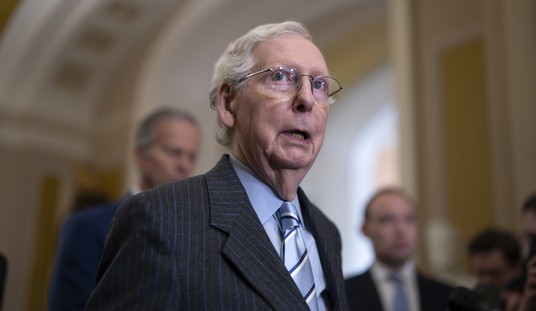United States District Judge Tanya S. Chutkan — an Obama appointee — in the District Court for the District of Columbia, issued an order today blocking the scheduled federal execution by lethal injection set for Monday night of convicted triple murderer Daniel Lewis Lee.
Lee was convicted of murdering a husband and wife, and their 8-year-old daughter in Arkansas in 1996. Lee was convicted in Arkansas federal court of “murder in aid of racketeering”, and the CLINTON JUSTICE DEPARTMENT sought the death penalty. Lee was a white supremacist.
Lee pursued all his appeals through the Eighth Circuit Court of Appeals which had jurisdiction over the District Court in Arkansas. His conviction and sentence were affirmed at each step.
Lee was transferred to the United States Penitentiary at Terra Haute, Indiana, where federal inmates facing the death penalty are housed. His sentence was the subject of appeals to the Seventh Circuit Court of Appeal which covers Indiana. On Friday, District Court Judge Jane Magnus-Stinson in the Southern District of Indiana — an Obama appointee — blocked Lee’s execution due to the fact that the COVID-19 pandemic was interfering with travel plans of witnesses scheduled to attend the execution. The witnesses wishing to travel were family members of the victims.
The same family members seeking to block the execution have long opposed the execution of Lee for his crimes.
On Sunday the Seventh Circuit Court of Appeals lifted the stay imposed by Judge Magnus-Stinson, clearing the way for Lee’s execution today.
So how does a federal District Court judge in Washington DC get involved in the case?
Following the announcement by DOJ on July 25, 2019, of its intention to schedule execution dates for four federal inmates who had been sentenced to death, DOJ also adopted the “2019 Protocol” for carrying out the death penalty via “lethal injection.” Thereafter suit was filed in the District of Columbia on behalf of four inmates facing the death penalty, challenging the 2019 Protocol as being a violation of the 8th Amendment prohibition on “cruel and unusual punishment.” On November 20, 2019, Judge Chutkan issued a preliminary injunction barring DOJ from using the 2019 Protocol pending outcome of the suit brought on behalf of the four defendants.
On April 7, 2020, the DC Court of Appeals vacated the Preliminary Injunction imposed by Judge Chutkan. The vote of the three-judge panel was 2-1, but both judges in the majority wrote separate opinions because they disagreed on the basis for the outcome.
Earlier today Judge Chutkan again blocked the execution, this time with regard to a dispute over the physical effects of one of the drugs used in the 3-drug protocol, pentobarbital sodium.
Instead of trying to characterize and re-write the various language of the opinion, I’m pasting below the relevant passages, followed at the end by my wrap up (some of which I stole from Andy McCarthy).
The declarations submitted by Plaintiffs’ experts illustrate that the majority of inmates executed via pentobarbital injection suffered flash pulmonary edema during the procedure.
Pulmonary edema, which interferes with breathing, “produces sensations of drowning and asphyxiation” resulting in “extreme pain, terror and panic.”
[Government] do[es] not contest Plaintiffs’ evidence that the majority of individuals executed via pentobarbital suffer flash pulmonary edema, but they have submitted expert testimony arguing that the pulmonary edema occurs either post-mortem or after the inmate has been rendered insensate.
Thus, the question of whether the 2019 Protocol is significantly likely to cause serious pain turns on the narrower question of whether the pentobarbital is likely to render inmates insensate or dead before they experience the symptoms of pulmonary edema.
So the concern is whether a person about to be executed might suffer symptoms from “flash pulmonary edema” resulting in “pain, terror, and panic”?
And the Court — through the discovery process that will take place while the executions are put on hold — will determine whether dead inmates suffered serious pain prior to pentobarbital rendering them dead or insensate?
And then there was this piece de resistance Judge Chutkans’ opinion:
Firing squad. Alternatively, Plaintiffs proffer execution by firing squad. (Pls. Mot. for Prelim. Inj. at 39–40.) Because that method of execution is feasible, readily implemented, and would significantly reduce the risk of severe pain, it satisfies the Blaze-Glossip requirements for proposed alternatives. Execution by firing squad is currently legal in three states, Utah, Oklahoma, and Mississippi, and can hardly be described as “untried” or “untested” given its historical use as a “traditionally accepted method of execution.”
Those should be some interesting depositions.















Join the conversation as a VIP Member